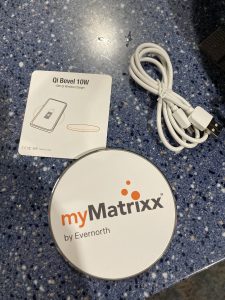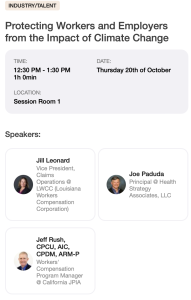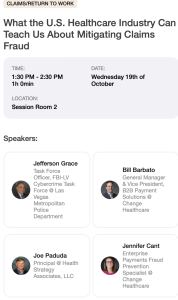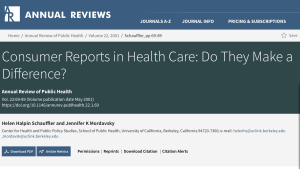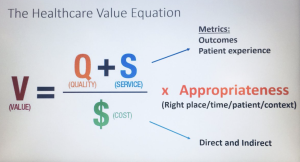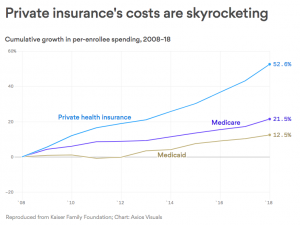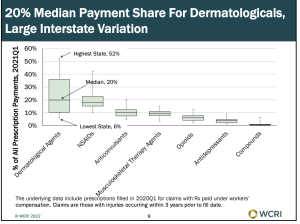Last week’s post on Complacency and arrogance struck a chord with quite a few readers; some commented on on the post and/or LinkedIn while more chose instead to email me directly.
One question was raised by several of you; how does one guard against complacency and arrogance?
a few thoughts…
- survey your staff
there’s an excellent piece in this morning’s Harvard Business Review on employee surveys. Key takeaways include:- tell your staff you need and want their feedback/input/recommendations
- confirm that by a) let your staff know you value their input and appreciate their willingness to be honest; b) letting all know what you heard and what you plan to do about it; and c) show some self-awareness by letting them know you recognize one or more of your habits/tendencies that may be a challenge for them and want their perspective on how you can better work with them
- change what you do and how you do it based on staff feedback
- survey your customers
- ask what you can do better
- identify one thing they’d like you to do differently
- ask how you can make their interactions with your company easier/faster/more useful
- be self aware
- seek to better understand why you react/respond the way you do to criticism or disagreement. Are you defensive, aggressive, placid, dismissive, apologetic? Why? is it because you aren’t as self-confident as you’d like to be? Perhaps a bit over-confident and egotistic?
The way you react speaks volumes about you – and will determine if your outreach is a success or another nail in your coffin.
- seek to better understand why you react/respond the way you do to criticism or disagreement. Are you defensive, aggressive, placid, dismissive, apologetic? Why? is it because you aren’t as self-confident as you’d like to be? Perhaps a bit over-confident and egotistic?
- Don’t talk – listen.
No one cares about you, your company, your story, your successes – and the more you blather on, the less they care.
Until you’ve convinced the audience you understand their need/wants/problems/fears and can help solve them. Ask questions, and follow-up questions, and more questions. Listen hard. Repeat what they’ve told you “If I heard you correctly, you said XXX is limiting your ability to do YYY…Did I get this right? Ok…what have you tried to do to address that? What’s worked, what hasn’t, and why?
for more on this – here’s a post from 11 (gulp) years ago…
OR, hey, just ignore doubters and staff and customers…

What does this mean for you?
If that little inside voice is bugging you, you’d best listen…and listen. hard.

